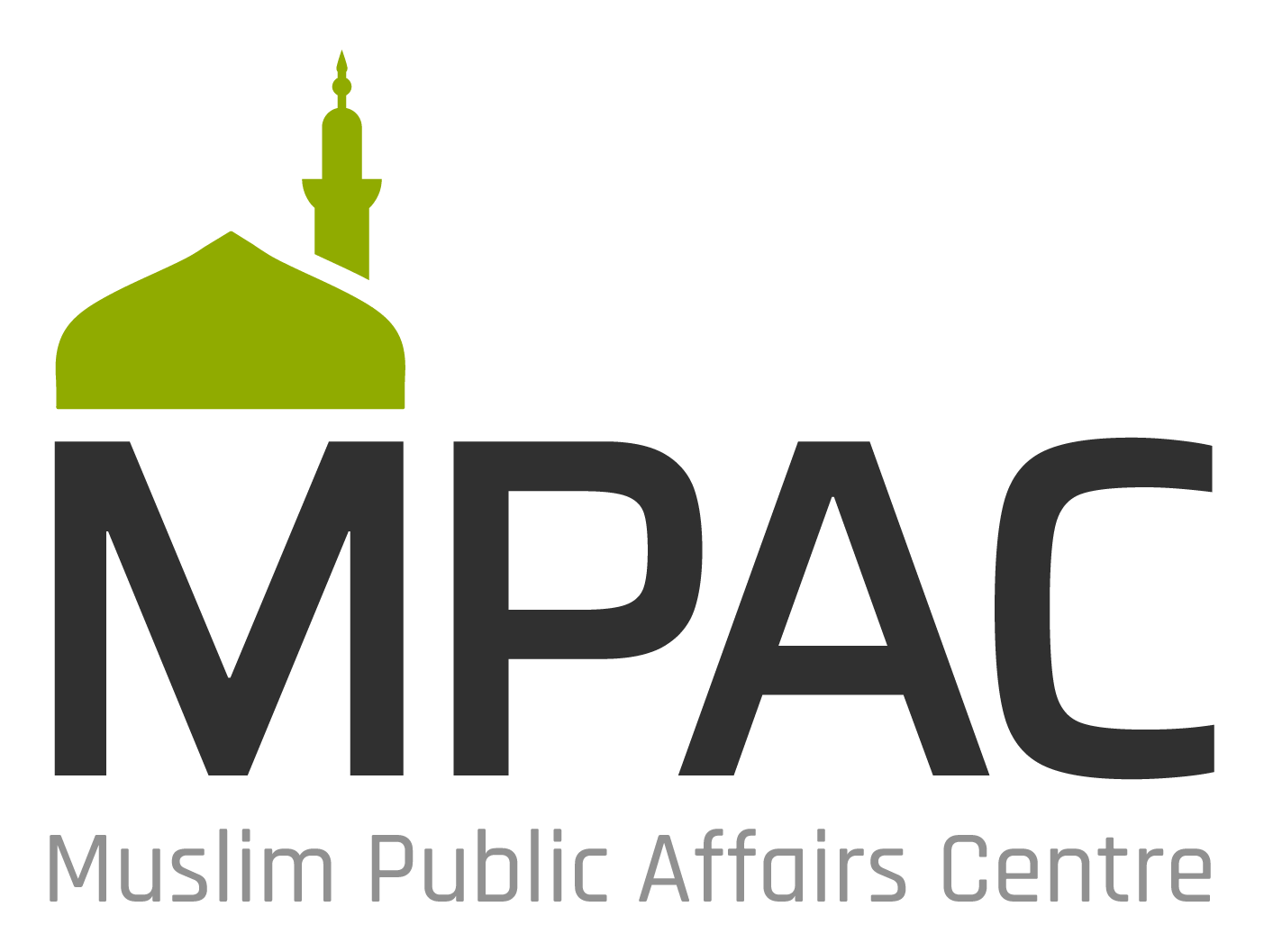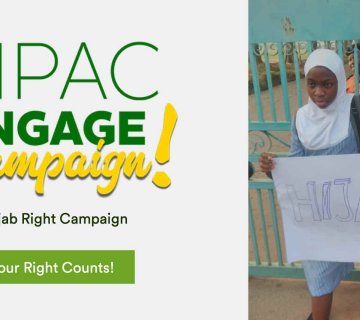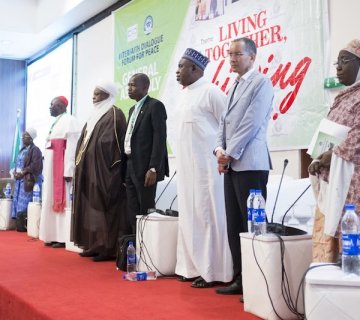Facts @ a Glance
The full-scale Israeli occupation of Palestine began in 1967 after the Six Day War. This ongoing Israeli military occupation has severely affected every aspect of Palestinian life in the West Bank and Gaza, and has resulted in millions of Palestinians being forced to live as refugees throughout the Middle East, and around the rest of the world.
The Palestine Monitor offers an overview of the main issues related to the occupation of Palestine, providing brief data and up-to-date statistics. The key facts are gathered here. For more information please refer to specific factsheets.
Poverty
![]() Over half of Palestinians live in Poverty: 45.7% in the West Bank and 79.4% in Gaza.
Over half of Palestinians live in Poverty: 45.7% in the West Bank and 79.4% in Gaza. ![]() With the suspension of aid in 2006 the number of people in deep poverty nearly doubled to 1 million people.
With the suspension of aid in 2006 the number of people in deep poverty nearly doubled to 1 million people. ![]() Palestine’s GDP has fallen 2.1% in Q1 ‘08 from Q4 ‘07, leading to estimates that GDP in 2008 will comprise 70% of 1999’s.
Palestine’s GDP has fallen 2.1% in Q1 ‘08 from Q4 ‘07, leading to estimates that GDP in 2008 will comprise 70% of 1999’s. ![]() Per Capita GDP is expected to fall in 2008 by 7.4%.
Per Capita GDP is expected to fall in 2008 by 7.4%. ![]() Unemployment has increased in Q1 ‘08 from 22.6% to 25.8% in Palestine as a whole.
Unemployment has increased in Q1 ‘08 from 22.6% to 25.8% in Palestine as a whole. ![]() In the West Bank unemployment actually lowered (19%-16.3%).
In the West Bank unemployment actually lowered (19%-16.3%). ![]() In the Gaza Strip it has heightened considerably under the Israeli seige (29.8%-45.5%).
In the Gaza Strip it has heightened considerably under the Israeli seige (29.8%-45.5%). ![]() Labor force participation as a whole in Palestine is 40.6%.
Labor force participation as a whole in Palestine is 40.6%.
Refugees
![]() Registered Palestinian Refugees in the Middle East total 4,618,141.
Registered Palestinian Refugees in the Middle East total 4,618,141. ![]() Estimated Palestinian Refugees worldwide 5.5 million.
Estimated Palestinian Refugees worldwide 5.5 million. ![]() The war in 1948 resulted in over 750,000 Palestinian refugees.
The war in 1948 resulted in over 750,000 Palestinian refugees. ![]() The 1967 “Six-Day War”a further 240,000 refugees were created.
The 1967 “Six-Day War”a further 240,000 refugees were created. ![]() Since 1967, another 400,000 Palestinians have been displaced.
Since 1967, another 400,000 Palestinians have been displaced.
![]() There are 58 official Palestinian refugee camps:
There are 58 official Palestinian refugee camps:
| Jordan | 10 |
| Lebanon | 12 |
| Syria | 9 |
| West Bank | 19 |
| Gaza Strip | 8 |
![]() There are 4,375,050 Palestinian refugees in the region (less than a third of them living in camps).
There are 4,375,050 Palestinian refugees in the region (less than a third of them living in camps).
| Jordan | 1,835,704 |
| Lebanon | 405,425 |
| Syria | 434,896 |
| West Bank | 705,207 |
| Gaza Strip |
993,818 |
The Gaza Strip
![]() Total Population – 1,500,202 / Population Density – 4117 per sq km
Total Population – 1,500,202 / Population Density – 4117 per sq km ![]() Fertility Rate – 5.19 children/woman / Life Expectancy – 73.16 years
Fertility Rate – 5.19 children/woman / Life Expectancy – 73.16 years ![]() Average Age – 17.2 years / Some estimates have put the median age at 15.3
Average Age – 17.2 years / Some estimates have put the median age at 15.3 ![]() Total Refugees – 1,059,584 / Refugees as % of Population – 70%
Total Refugees – 1,059,584 / Refugees as % of Population – 70% ![]() Unemployment – 45.5% / **% dependant on foreign aid – 86%
Unemployment – 45.5% / **% dependant on foreign aid – 86%
Prisoners
![]() Prisoners are held in the approximately 30 detention centers located within the 1967 borders of Israel.
Prisoners are held in the approximately 30 detention centers located within the 1967 borders of Israel. ![]() ICRC is following-up on roughly 10,500 prisoners.
ICRC is following-up on roughly 10,500 prisoners. ![]() Addameer estimates that there are approximately 9,493 Palestinian prisoners held by Israel.
Addameer estimates that there are approximately 9,493 Palestinian prisoners held by Israel. ![]() Out of the 9,493 – 750 are administrative, 349 are aged 18 or less, 75 are female, 47 are Palestinian parliamentarians.
Out of the 9,493 – 750 are administrative, 349 are aged 18 or less, 75 are female, 47 are Palestinian parliamentarians. ![]() According to Israeli Prison Services: 70% have been found guilty or arrested for crimes with “blood on their hands”.
According to Israeli Prison Services: 70% have been found guilty or arrested for crimes with “blood on their hands”. ![]() According to Israeli Prison Services: The political make-up of prisoners is: 44% Fatah, 26% Hamas, 14% Islamic Jihad, 5% Popu-lar Front, 1% Democratic Front, and 10% are undefined.
According to Israeli Prison Services: The political make-up of prisoners is: 44% Fatah, 26% Hamas, 14% Islamic Jihad, 5% Popu-lar Front, 1% Democratic Front, and 10% are undefined.
East Jerusalem
![]() 19% of East Jerusalem households live below the poverty line.
19% of East Jerusalem households live below the poverty line. ![]() A 2006 study estimated that 62% of Palestinians in East Jerusalem live in poverty, as compared with 23% of Jewish families in East Jerusalem.
A 2006 study estimated that 62% of Palestinians in East Jerusalem live in poverty, as compared with 23% of Jewish families in East Jerusalem. ![]() In 2005 the Arab and Jewish birthrates in Jerusalem were equivalent at 3.9 children per woman.
In 2005 the Arab and Jewish birthrates in Jerusalem were equivalent at 3.9 children per woman. ![]() In the first three years of occupation, Israel confiscated 18270unums (18,27 sq kms) of Palestinian land.
In the first three years of occupation, Israel confiscated 18270unums (18,27 sq kms) of Palestinian land. ![]() By 1991 that number had reached 23378 dunums (23,4 sq kms).
By 1991 that number had reached 23378 dunums (23,4 sq kms). ![]() By 2007, the Wall resulted in the confiscation of land belonging to 19.2% of Palestinian families in Jerusalem.
By 2007, the Wall resulted in the confiscation of land belonging to 19.2% of Palestinian families in Jerusalem. ![]() From 1967 until the end of 2006, Israel had revoked the residency rights of around 8,269 Palestinian Jerusalemites.
From 1967 until the end of 2006, Israel had revoked the residency rights of around 8,269 Palestinian Jerusalemites.
The Wall
![]() Currently 409 km (or 57%) of the planned route has been constructed
Currently 409 km (or 57%) of the planned route has been constructed ![]() 66km (or 9%) is currently under construction; and construction has not yet begun on 248km (or 34%) of the planned route.
66km (or 9%) is currently under construction; and construction has not yet begun on 248km (or 34%) of the planned route. ![]() The Wall’s total length is 723km – twice the length of the Green Line between the West Bank and Israel.
The Wall’s total length is 723km – twice the length of the Green Line between the West Bank and Israel. ![]() When complete, 14% of the Wall will be constructed on the Green Line or in Israel, while 86% will be inside of the West Bank.
When complete, 14% of the Wall will be constructed on the Green Line or in Israel, while 86% will be inside of the West Bank. ![]() Approximately 385,000 settlers in 80 settlements will be located between the Wall and the Green Line.
Approximately 385,000 settlers in 80 settlements will be located between the Wall and the Green Line. ![]() Approximately 35,000 West Bank Palestinians will be located between the Wall and the Green Line AKA ‘no man’s land’.
Approximately 35,000 West Bank Palestinians will be located between the Wall and the Green Line AKA ‘no man’s land’. ![]() This 35,000 is in addition to the majority of the 250,000 East Jerusalem residents who will be in a similar scenario.
This 35,000 is in addition to the majority of the 250,000 East Jerusalem residents who will be in a similar scenario. ![]() Approximately 125,000 Palestinians in 28 communities will be surrounded on three sides by the Wall.
Approximately 125,000 Palestinians in 28 communities will be surrounded on three sides by the Wall. ![]() Approximately 26,000 Palestinians in 8 communities will be surrounded on four sides with a tunnel or road connection.
Approximately 26,000 Palestinians in 8 communities will be surrounded on four sides with a tunnel or road connection. ![]() The Wall costs the Israeli government: approximately $3.7 million per kilometer, and approx $4 billion when completed.
The Wall costs the Israeli government: approximately $3.7 million per kilometer, and approx $4 billion when completed. ![]() Building the Wall along the Green Line would have saved Israel 5.7 billion NIS (approx $1.7 billion).
Building the Wall along the Green Line would have saved Israel 5.7 billion NIS (approx $1.7 billion).
Checkpoints and Movement Restrictions
![]() 74 % of the main routes in the West Bank are controlled by checkpoints or blocked entirely.
74 % of the main routes in the West Bank are controlled by checkpoints or blocked entirely. ![]() In September 2008 there were 699 closure obstacles in the West Bank
In September 2008 there were 699 closure obstacles in the West Bank ![]() Approximately 130 of these have been added since the Annapolis Conference in November 2007.
Approximately 130 of these have been added since the Annapolis Conference in November 2007. ![]() 630 of the obstacles have been identified as follows: trenches (3%), partial checkpoints (3%), earth walls (7%), roadblocks (11%), road barriers (12%), checkpoints (12%), road gates (16%) and earth mounds (36%).
630 of the obstacles have been identified as follows: trenches (3%), partial checkpoints (3%), earth walls (7%), roadblocks (11%), road barriers (12%), checkpoints (12%), road gates (16%) and earth mounds (36%). ![]() From April to September 2008 the weekly average of flying checkpoints was 89.
From April to September 2008 the weekly average of flying checkpoints was 89.
Settlements
![]() Currently 121 Israeli settlements and approximately 102 Israeli outposts. Both are built illegally on lands occupied in 1967.
Currently 121 Israeli settlements and approximately 102 Israeli outposts. Both are built illegally on lands occupied in 1967. ![]() There are approximately 462,000 Israeli settlers.
There are approximately 462,000 Israeli settlers. ![]() 191,000 are in settlements around Jerusalem and 271,400 are further spread throughout the West Bank.
191,000 are in settlements around Jerusalem and 271,400 are further spread throughout the West Bank. ![]() The settlers have grown between 4-6% per year over the last two decades in comparison to Israeli society as a whole (1.5%).
The settlers have grown between 4-6% per year over the last two decades in comparison to Israeli society as a whole (1.5%). ![]() Approx. 385,000 settlers in 80 settlements will be located between the Separation Barrier as envisioned and the Green Line.
Approx. 385,000 settlers in 80 settlements will be located between the Separation Barrier as envisioned and the Green Line. ![]() In 2008 tenders for new settlement building increased by 550% from 2007.
In 2008 tenders for new settlement building increased by 550% from 2007. ![]() Settlement construction has increased by 30% since the launching of the new round of peace talks.
Settlement construction has increased by 30% since the launching of the new round of peace talks. ![]() Settlement building around Jerusalem has increased by a factor of 38.
Settlement building around Jerusalem has increased by a factor of 38. ![]() 9,000 new housing units have been approved in E. Jerusalem, and approximately 2,600 new housing units are being built east of the Separation Wall, comprising 55% of all settlement construction activity.
9,000 new housing units have been approved in E. Jerusalem, and approximately 2,600 new housing units are being built east of the Separation Wall, comprising 55% of all settlement construction activity. ![]() Settlements are built on less than 3% of the oPT; yet due to the extensive infrastructure they comprise more than 40%.
Settlements are built on less than 3% of the oPT; yet due to the extensive infrastructure they comprise more than 40%.
Water
![]() The average water supply to the Palestinian communities in the oPT is about 63 liters per capita per day in the West Bank versus 140/day in Gaza.
The average water supply to the Palestinian communities in the oPT is about 63 liters per capita per day in the West Bank versus 140/day in Gaza. ![]() In 7% of the Palestinian communities (43 out of 708), per capita supply is less than or equal to 30 liters per day; in 36% (225 communities) it is between 30 and 50 liters per day; in 41% (264 communities) it is between 50 and 100 liters per day; and finally, only in 16% (100) of these communities does the per capita supply exceed 100 liters per day.
In 7% of the Palestinian communities (43 out of 708), per capita supply is less than or equal to 30 liters per day; in 36% (225 communities) it is between 30 and 50 liters per day; in 41% (264 communities) it is between 50 and 100 liters per day; and finally, only in 16% (100) of these communities does the per capita supply exceed 100 liters per day. ![]() Only 69% of Palestinian communities are connected to water networks.
Only 69% of Palestinian communities are connected to water networks. ![]() Only 7% of the available water in the Gaza Strip meets WHO standards.
Only 7% of the available water in the Gaza Strip meets WHO standards. ![]() Israel, primarily the settlements, utilize 37% of the water from the Eastern Aquifer which is entirely located in teh West Bank.
Israel, primarily the settlements, utilize 37% of the water from the Eastern Aquifer which is entirely located in teh West Bank. ![]() The price of water supplied by private tankers has increased in 290 communities in Palestine, with 205 of them experiencing an increase of up to 150% and the remaining 85 of them up to 200%.
The price of water supplied by private tankers has increased in 290 communities in Palestine, with 205 of them experiencing an increase of up to 150% and the remaining 85 of them up to 200%.
Palestine Monitor factsheet





No comment